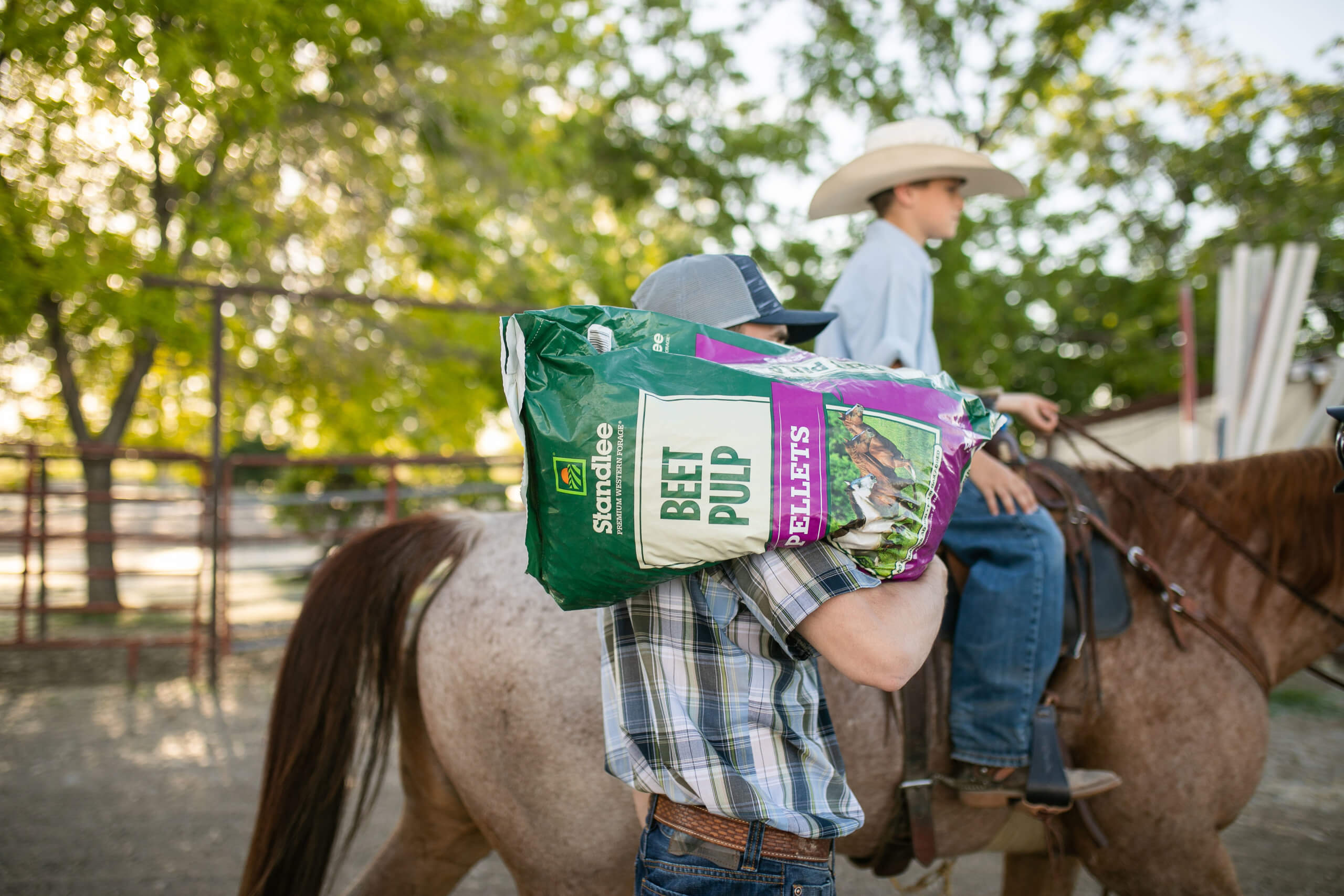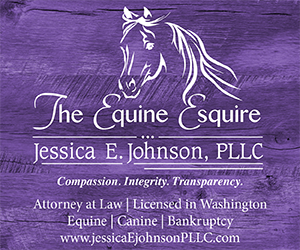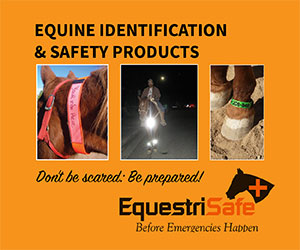Article by: Dr. Tania Cubitt, Standlee Nutritional Expert – Performance Horse Nutrition
It’s understood that what we feed our horses has a major impact on their health. Especially as horses age they become increasingly sensitive to feeds that contain too much sugar or starch. Cushing’s disease, insulin resistance, equine metabolic syndrome, PSSM, and other metabolic syndromes often worsen or arise in the senior horse. These health concerns cause horse owners to be increasingly more careful what they feed their horses.
Laminitis is inflammation of the laminae of the foot. The laminae are tiny finger-like structures in the hoof that interlock to join the coffin bone to the hoof wall, effectively suspending the bones of the foot inside the hoof wall. Inflammation damages the laminae making them unable to hold the coffin bone in place. With the weight of the horse pushing the coffin bone toward the ground and the pull of the deep digital flexor tendon rotating the coffin bone, the coffin bone will sink and rotate within the hoof. This process is extremely painful to the horse and results in lameness.
What are the symptoms?
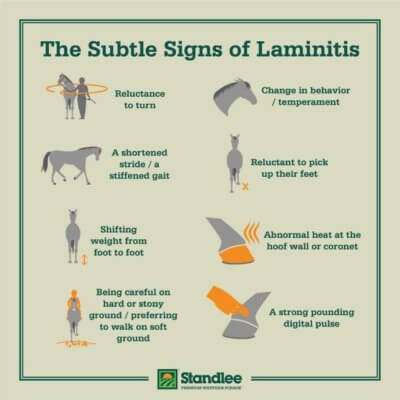
The symptoms of laminitis can vary depending on the severity. The range includes:
- Lameness when turning in circles
- Heat in the feet
- A digital pulse (when taken at the fetlock)
- Hoof testers detecting pain in the toe
- Reluctance to walk (like walking on eggshells)
- The classic “sawhorse” stance with the front feet outstretched to alleviate pressure on the toe region of the hooves
Laminitis is a multifactorial disorder meaning there are potentially many different causes for the disease. Several risk factors for developing laminitis include chronic colic, diarrhea, excessive concussion, retained placenta, drug reactions, systemic infection, injury, obesity, and genetics. One of the most common risk factors is carbohydrate (sugar, starch, fructan) overload and insulin resistance.
This year in particular, we have anecdotally seen a rise in laminitis cases primarily in performance horses. It has been speculated this may be due to our horses doing less work, as the majority of the show season was suspended due to the COVID-19 pandemic. Exercise can improve insulin sensitivity and help to maintain glucose and insulin levels in a healthy range even in horses that may be overweight and otherwise at risk for developing laminitis.
Feeding and Management
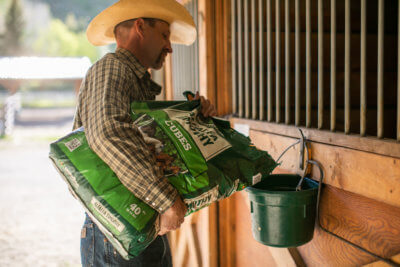
Nutrition countermeasures to avoid laminitis include the following:
- The base diet should consist of forage and fiber rather than sugar and starch
- Feeds with a combined sugar and starch content of less than 10% should be fed to horses with laminitis
- If horses are underweight and need to gain condition, consider adding alfalfa-based forages as they contain more calories per pound, but are low in sugars and starches
- If horses are overweight, consider adding teff-based forages as this warm season forage option has low calories and is also low in sugars and starches
- Feed smaller, more frequent meals rather than large single meals
- Control body weight and body condition with regular exercise to prevent obesity and insulin resistance
- Horses should be maintained in a body condition score between 4 and 6
- Consider not grazing at-risk horses and instead feeding hay or pelleted hay
Standlee Premium Western Forage manufactures and distributes multiple kinds of high-quality, consistent forage for horses of all types and needs. These products include those that will help maintain the laminitic horse such as alfalfa pellets, teff pellets, compressed alfalfa, chopped alfalfa, timothy/alfalfa pellets, alfalfa cubes, timothy pellets, and more.
If you have questions, please contact the nutritionists at Standlee Premium Western Forage, or consult with your veterinarian.
Visit standleeforage.com for additional information on Standlee Premium Western Forage products.
See this article in the 2020 December online edition:

The Northwest Horse Source is an independently owned and operated print and online magazine for horse owners and enthusiasts of all breeds and disciplines in the Pacific Northwest. Our contemporary editorial columns are predominantly written by experts in the region, covering the care, training, keeping and enjoyment of horses, with an eye to the specific concerns in our region.

